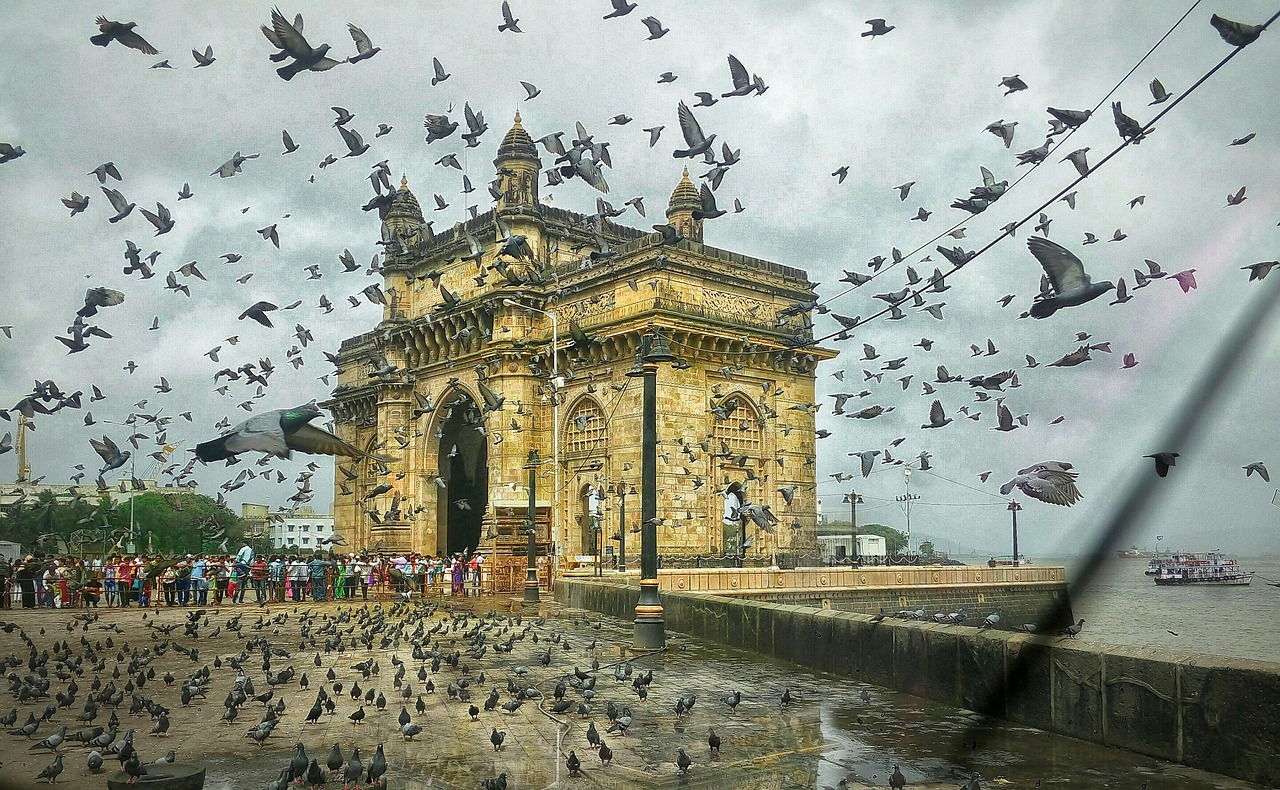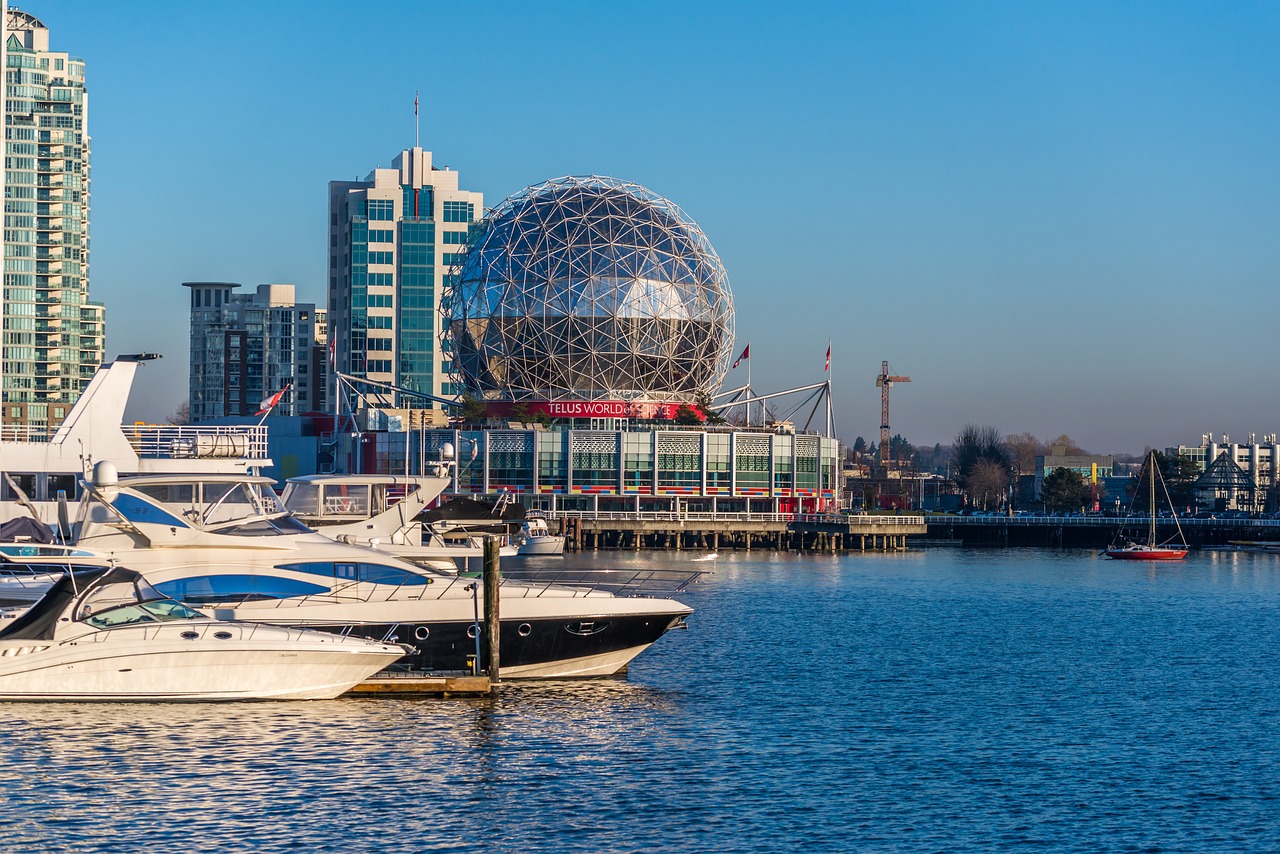As winter blankets much of the Northern Hemisphere in snow and cold, digital nomads—those location-independent professionals who work remotely while traveling—seek destinations that offer warmth, affordability, reliable internet, and vibrant communities. The ability to work from anywhere has opened up a world of possibilities, allowing nomads to escape harsh winters while maintaining productivity. This article explores the best countries for digital nomads during the winter months (December to February), focusing on climate, cost of living, internet connectivity, visa policies, and community vibes. Below, we dive into nine top destinations that cater to the needs of digital nomads seeking a winter escape.
- Thailand
Why It’s Great for Winter Nomads
Thailand is a perennial favorite among digital nomads, and for good reason. During winter, the country enjoys warm, dry weather, particularly in destinations like Chiang Mai, Bangkok, and the southern islands such as Phuket and Koh Samui.
Temperatures range from 25°C to 32°C (77°F to 90°F), offering a perfect escape from colder climates. The cost of living is remarkably low, with monthly expenses for a single nomad averaging $800–$1,500, including accommodation, food, and transportation.
Internet and Infrastructure
Thailand boasts reliable internet, especially in urban hubs and coworking spaces. Chiang Mai, often dubbed the “digital nomad capital,” offers high-speed Wi-Fi in cafes, coworking spaces like Punspace, and accommodations. Average internet speeds range from 50–100 Mbps in cities, with 4G and 5G widely available. Bangkok’s modern infrastructure and coworking spaces like The Hive cater to professionals needing reliable connectivity.
Visa and Accessibility
Thailand offers a 30-day visa-free entry for many nationalities, extendable to 60 days. For longer stays, the 60-day tourist visa or the new Destination Thailand Visa (DTV) allows stays up to 180 days, ideal for nomads. The country’s well-connected airports make it easy to reach from Europe, North America, or Asia.
Community and Lifestyle
Chiang Mai’s nomad community is thriving, with meetups, workshops, and events hosted by groups like Nomad Summit. The city blends affordability with a rich cultural scene, from night markets to Buddhist temples. Southern islands offer a more relaxed, beachside vibe, though they can be pricier. Thailand’s street food, costing $1–$3 per meal, keeps budgets in check while offering culinary variety.
Drawbacks
The time difference (GMT+7) can be challenging for nomads working with clients in the Americas. Rural areas may have slower internet, so sticking to urban or tourist hubs is advisable.
- Portugal
Why It’s Great for Winter Nomads
Portugal’s mild winter climate, with temperatures between 10°C and 18°C (50°F to 65°F), makes it a top European destination for digital nomads. Cities like Lisbon, Porto, and the Algarve region offer sunny days and a laid-back lifestyle.
The cost of living is reasonable, with monthly expenses ranging from $1,500–$2,500, lower than many Western European countries.
Internet and Infrastructure
Portugal’s internet is among Europe’s best, with average speeds of 100–200 Mbps in cities and widespread 5G coverage.
Coworking spaces like Outsite Lisbon and Second Home provide modern facilities. Many cafes in Lisbon’s Bairro Alto or Porto’s Ribeira district offer free, fast Wi-Fi.
Visa and Accessibility
EU citizens enjoy freedom of movement, while non-EU nomads can stay for 90 days within a 180-day period under the Schengen visa rules. Portugal’s Digital Nomad Visa, launched in 2022, allows stays of up to one year for those earning at least €3,040 per month. Lisbon’s international airport connects easily to North America and Europe.
Community and Lifestyle
Portugal’s nomad scene is vibrant, particularly in Lisbon and the Algarve. Events like Digital Nomad Meetups and coworking spaces foster networking. The country’s rich history, from Lisbon’s tram-filled streets to the Algarve’s cliffs, pairs with modern amenities. Affordable dining (meals from €8–€15) and a thriving cafe culture enhance the experience.
Drawbacks
Winters can be rainy, especially in northern Portugal. High demand for rentals in Lisbon may drive up costs during peak seasons.
- Mexico
Why It’s Great for Winter Nomads
Mexico’s warm winter weather, with temperatures of 20°C to 30°C (68°F to 86°F), makes it a haven for nomads escaping cold climates. Cities like Mexico City, Playa del Carmen, and Oaxaca offer diverse experiences, from urban energy to beachside relaxation. The cost of living is low, with monthly budgets of $1,000–$2,000 covering rent, food, and activities.
Internet and Infrastructure
Internet speeds average 50–100 Mbps in urban areas, with coworking spaces like Nest in Playa del Carmen and WeWork in Mexico City offering reliable Wi-Fi. 4G and 5G are widely available, though rural areas may have spotty connections.
Visa and Accessibility
Mexico allows visa-free entry for up to 180 days for many nationalities, including the US, Canada, and EU countries. This generous policy makes it easy for nomads to settle in for the winter. Mexico City’s airport is a major hub, with affordable flights from North America.
Community and Lifestyle
Mexico’s nomad community is growing, particularly in Playa del Carmen and Tulum, where coworking spaces and expat events thrive. The country’s vibrant culture, from Day of the Dead festivals to taco stands ($1–$2 per taco), adds to its appeal. Mexico City offers cosmopolitan vibes, while Oaxaca provides a cultural, artsy escape.
Drawbacks
Safety concerns in certain areas require research, though nomad hubs are generally safe. Time zone differences (CST, GMT-6) are minimal for North American nomads but may pose challenges for European clients.
- Bali, Indonesia
Why It’s Great for Winter Nomads
Bali’s tropical climate, with temperatures of 26°C to 30°C (79°F to 86°F), is ideal for winter nomads. While the rainy season peaks in January, showers are typically short, leaving plenty of sunny days. Areas like Canggu, Ubud, and Uluwatu are nomad hotspots, with monthly costs of $1,000–$2,000.
Internet and Infrastructure
Bali’s internet has improved significantly, with speeds of 20–50 Mbps in coworking spaces like Dojo Bali and Outpost Ubud. Many villas and cafes offer reliable Wi-Fi, though power outages can occur during heavy rains. 4G coverage is strong across the island.
Visa and Accessibility
Indonesia offers a 30-day visa on arrival, extendable to 60 days. The Second Home Visa allows stays of up to five years for those investing in property or businesses, though most nomads opt for shorter stays. Ngurah Rai International Airport connects Bali to Asia, Australia, and Europe.
Community and Lifestyle
Bali’s nomad community is one of the largest globally, with events like Nomad Coffee Talks and coworking retreats. Ubud’s wellness scene, with yoga studios and vegan cafes, contrasts with Canggu’s surf-and-party vibe. Affordable meals ($2–$5) and cultural attractions like rice terraces make Bali a nomad paradise.
Drawbacks
The rainy season can disrupt plans, and over-tourism in areas like Canggu may feel crowded. Time differences (GMT+8) can complicate work with Western clients.
- Costa Rica
Why It’s Great for Winter Nomads
Costa Rica’s dry season begins in December, bringing sunny days and temperatures of 24°C to 30°C (75°F to 86°F). Towns like Tamarindo, Nosara, and San José blend nature with nomad-friendly infrastructure. Monthly costs range from $1,200–$2,500.
Internet and Infrastructure
Internet speeds average 30–100 Mbps in urban and tourist areas, with coworking spaces like Selina offering reliable Wi-Fi. 4G coverage is widespread, though remote jungle areas may have weaker signals.
Visa and Accessibility
Many nationalities can stay for 90 days visa-free, renewable by leaving and re-entering the country. The Digital Nomad Visa, introduced in 2022, allows stays of up to two years for those earning at least $3,000 per month. San José’s airport connects well to North America.
Community and Lifestyle
Costa Rica’s “Pura Vida” lifestyle attracts nomads seeking nature and community. Tamarindo and Nosara host nomad meetups and coworking events. The country’s rainforests, beaches, and affordable dining ($5–$10 per meal) create a balanced work-life environment.
Drawbacks
Some areas, like Tamarindo, can be pricey during peak season. Internet reliability drops in remote regions, so sticking to established hubs is key.
- South Africa
Why It’s Great for Winter Nomads
South Africa’s summer (December to February) brings warm weather, with temperatures of 20°C to 30°C (68°F to 86°F) in Cape Town and Johannesburg. The low cost of living ($1,000–$2,000 per month) and vibrant culture make it a hidden gem for nomads.
Internet and Infrastructure
Cape Town offers internet speeds of 50–100 Mbps, with coworking spaces like Workshop17 and Cape Town Office. 4G and 5G are reliable in cities, though rural areas may lag.
Visa and Accessibility
A 90-day visa-free stay is available for many nationalities, with extensions possible. Cape Town’s international airport connects to Europe, Asia, and the Middle East. The favorable exchange rate makes South Africa budget-friendly.
Community and Lifestyle
Cape Town’s nomad scene is growing, with events at coworking spaces and cafes. The city’s beaches, Table Mountain, and affordable dining ($5–$12 per meal) offer a dynamic lifestyle. Johannesburg provides an urban alternative with a burgeoning tech scene.
Drawbacks
Safety concerns require vigilance, particularly in Johannesburg. Time differences (GMT+2) may affect coordination with North American clients.
- Colombia
Why It’s Great for Winter Nomads
Colombia’s year-round mild climate, with temperatures of 20°C to 28°C (68°F to 82°F), makes it ideal for winter nomads. Cities like Medellín, Bogotá, and Cartagena combine affordability (monthly costs of $800–$1,800) with rich culture.
Internet and Infrastructure
Medellín, known as the “City of Eternal Spring,” offers internet speeds of 50–150 Mbps. Coworking spaces like Selina Medellín and Epicentro provide reliable Wi-Fi. 4G and 5G are widely available in urban areas.
Visa and Accessibility
Many nationalities can stay for 90 days visa-free, extendable to 180 days. Colombia’s Digital Nomad Visa allows stays of up to two years for those earning at least $684 per month. Bogotá’s airport is a major hub for the Americas.
Community and Lifestyle
Medellín’s nomad community thrives in neighborhoods like El Poblado, with regular meetups and events. Colombia’s coffee culture, street food ($2–$5 per meal), and salsa dancing create a vibrant atmosphere. Cartagena’s Caribbean charm adds a beachside option.
Drawbacks
Safety varies by neighborhood, so research is essential. Bogotá’s high altitude (2,640m) may require adjustment.
- Vietnam
Why It’s Great for Winter Nomads
Vietnam’s southern regions, like Ho Chi Minh City and Da Nang, offer warm winters with temperatures of 25°C to 32°C (77°F to 90°F). The cost of living is low, with monthly budgets of $800–$1,500. Da Nang’s beaches and Hoi An’s charm are nomad favorites.
Internet and Infrastructure
Vietnam’s internet averages 50–100 Mbps in cities, with coworking spaces like Dreamplex and Toong offering fast Wi-Fi. 4G and 5G coverage is robust, even in smaller towns.
Visa and Accessibility
A 30-day e-visa is available for many nationalities, with extensions possible. Ho Chi Minh City’s airport connects to Asia and beyond. Vietnam’s affordability and modern infrastructure make it accessible.
Community and Lifestyle
Da Nang’s nomad community is growing, with meetups at spaces like The Hub. Vietnam’s street food ($1–$3 per meal), vibrant markets, and cultural sites like Hoi An’s lanterns create a unique experience.
Drawbacks
Language barriers can be challenging, as English is less common outside tourist areas. Northern Vietnam, like Hanoi, may be cooler and wetter in winter.
- Georgia
Why It’s Great for Winter Nomads
Georgia’s mild winters, with temperatures of 5°C to 15°C (41°F to 59°F) in Tbilisi, offer a budget-friendly European option. Monthly costs range from $800–$1,500, making it one of the cheapest destinations on this list.
Internet and Infrastructure
Tbilisi boasts internet speeds of 50–100 Mbps, with coworking spaces like Impact Hub and Terminal. 4G and 5G are widely available, ensuring connectivity.
Visa and Accessibility
Georgia allows visa-free stays of up to one year for many nationalities, one of the most generous policies globally. Tbilisi’s airport connects to Europe and the Middle East. The low cost of living and favorable exchange rate add to its appeal.
Community and Lifestyle
Tbilisi’s nomad scene is emerging, with cafes and coworking spaces hosting events. The city’s blend of Soviet history, wine culture, and affordable dining ($3–$8 per meal) creates a unique vibe. Nearby mountains offer winter adventures.
Drawbacks
Winters can be chilly, especially in mountainous areas. The nomad community is smaller than in other hubs, which may limit networking.
Conclusion
For digital nomads seeking winter escapes, these nine countries offer a blend of warm weather, reliable internet, affordable living, and vibrant communities. Thailand and Bali provide tropical vibes and established nomad hubs, while Portugal and Georgia offer European charm at lower costs. Mexico, Costa Rica, and Colombia cater to those seeking Latin American culture, and South Africa and Vietnam add unique flavors to the mix. Each destination has its quirks, from visa policies to time zone challenges, but all provide the infrastructure and lifestyle to keep nomads productive and inspired. Whether you prioritize beaches, city buzz, or cultural immersion, there’s a winter destination to suit your needs.














